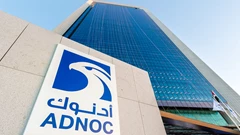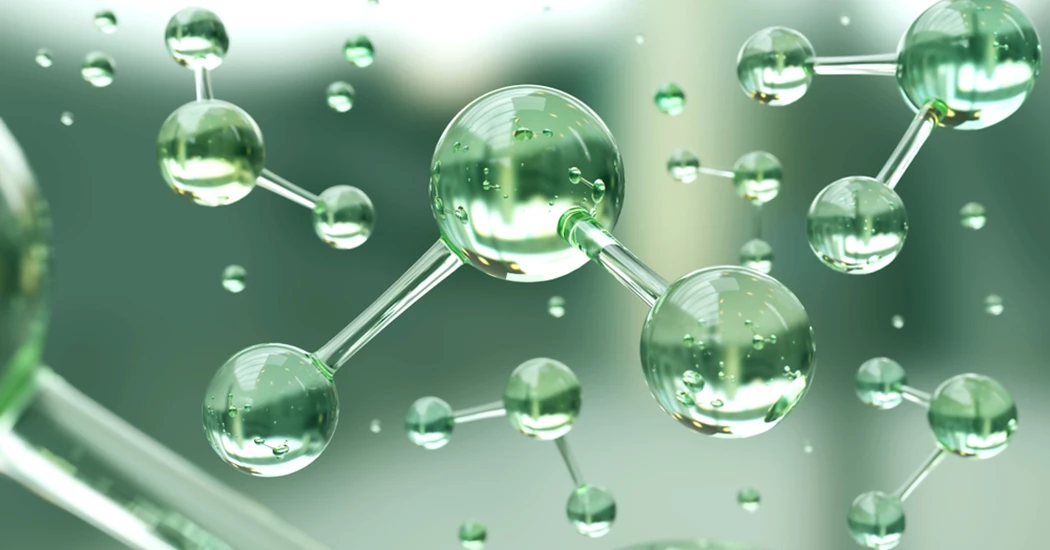Emerson’s new valves for hydrogen fuelling stations to help minimise leaks
Emerson has launched the Tescom Anderson Greenwood Instrumentation H2 Valve Series for hydrogen applications up to 15,000 pounds-per-square-inch (psi), the company said on Thursday.
The new solution reliably isolates process pressure in high pressure gas applications such as hydrogen fuelling stations and tube trailers, reducing fugitive emissions and improving safety, the company said in a statement.
Explaining the rationale behind the new solution, Emerson said that as hydrogen moves from tank to pump, it is transferred at pressures of up to 15,000 psi. To protect personnel and prevent leaks, it must be effectively controlled and isolated.
Emerson’s Double Block Bleed (DBB) valve’s positive double block arrangement provides two layers of positive shutoff that shield maintenance staff from high pressure during instrument maintenance, the company said.
Its modular design reduces the number of potential leakage points, and the reinforced sealing technology reduces the risk of fuel entering the atmosphere through the valve stem, it said.
“Given the pressures that hydrogen is subject to in these applications, it’s critical that equipment operates safely and reliably, every time. That’s why we’re committed to specifically developing components to help our customers effectively store and precisely control compressed hydrogen gas,” Rob Lindquist, director of global marketing for TESCOM precision fluid control at Emerson, said in a statement.
Among the cleanest fuels when produced using renewable resources, compressed hydrogen gas is used to power fuel cell electric vehicles (FCEVs).
In January, Global Market Insights Inc. predicted that the FCEV market will exceed $15 billion by 2027. To meet this growth demand, fueling station original equipment manufacturers (OEMs) need to source reliable, high-performance components to ensure overall equipment effectiveness and ensure station safety, Emerson said.
KEEPING THE ENERGY INDUSTRY CONNECTED
Subscribe to our newsletter and get the best of Energy Connects directly to your inbox each week.
By subscribing, you agree to the processing of your personal data by dmg events as described in the Privacy Policy.
More technology news

Energy efficiency is the decisive factor in electric motor choice, finds ABB research

SLB Capturi completes the world’s first industrial-scale CCS plant at a cement facility

ADNOC launches $80+ billion XRG for low-carbon energy and chemicals

ENEC and ADNOC to advance nuclear technology for energy efficiency

COP29 Presidency hosts inaugural Digitalisation Day

SLB launches Stream high-speed intelligent telemetry for drilling complex wells

Vici Energy joins the United Nations Global Compact

TAQA launches next generation inflow control technology

ADNOC and AIQ accelerate deployment of industry-first AR360 AI solution
















